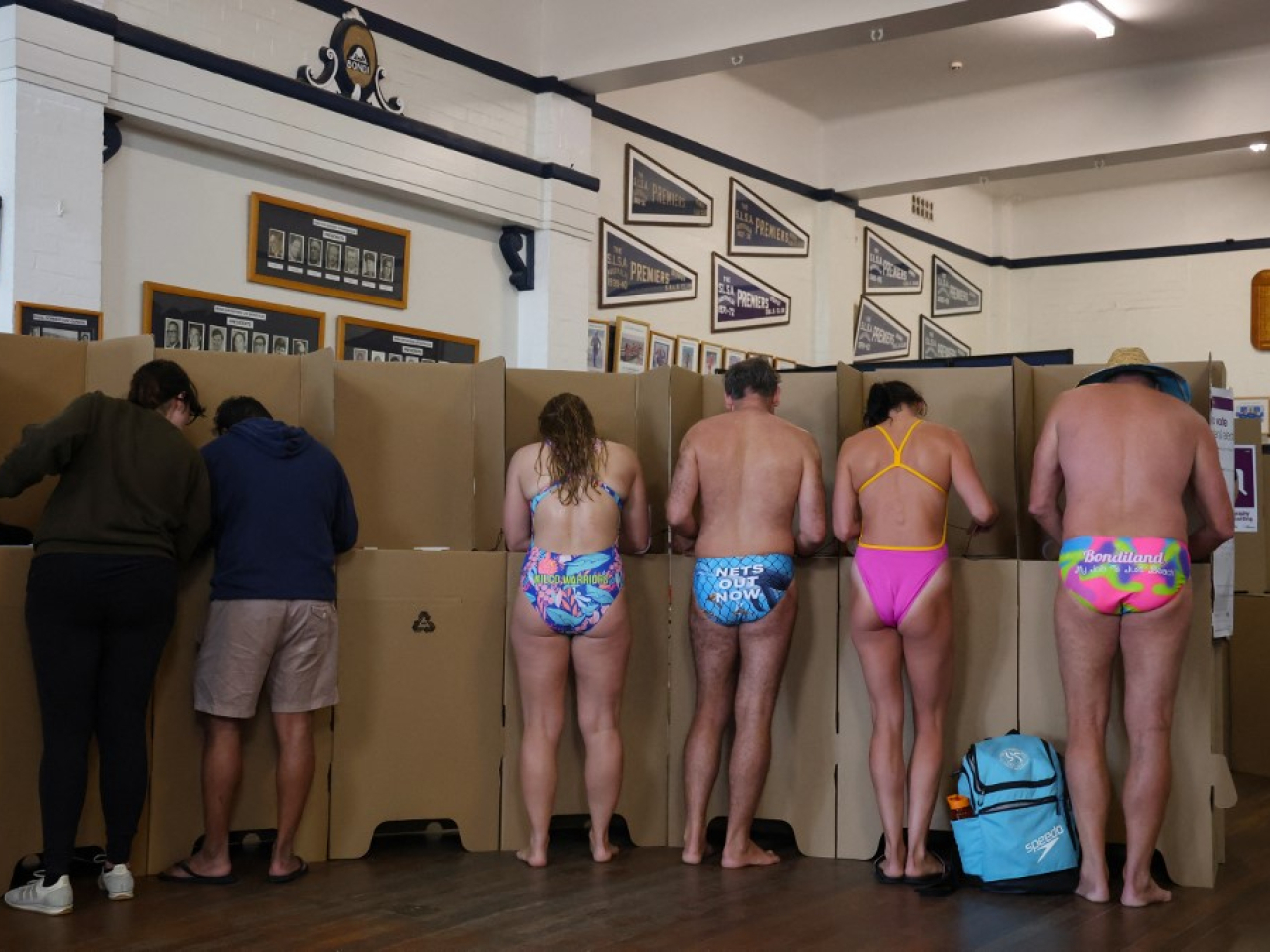Polls opened in Australia’s general election on Saturday with high costs of living and a shortage of housing major issues in the campaign.
Voting across the nation the size of three times zones spanning two hours will continue from 8 am until 6 pm. Authorities said 8.6 million ballots from Australia's 18.1 million registered voters had already been cast, but not counted, before Saturday since early and postal voting began on April 22.
Australia is among the few countries where voting is compulsory. At the last election in 2022, 90 percent of eligible voters cast ballots.
Prime Minister Anthony Albanese’s centre-left Labor Party is seeking a second three-year term.
His opponent, conservative opposition leader Peter Dutton, wants to become the first political leader to oust a first-term government since 1931, when Australians were reeling from the Great Depression.
The election is taking place against a backdrop of what both sides of politics describe as a cost of living crisis.
Annual inflation peaked at 7.8 percent a year after Labor was elected in 2022. The central bank’s benchmark interest rate rose from a record low 0.1 percent to 0.35 percent two weeks before the government changed. The rate has been raised a dozen times since then, peaking at 4.35 percent in November 2023.
The central bank reduced the inflation rate by a quarter percentage point in February to 4.1 percent in an indication that the worst of the financial hardship had passed. The rate is widely expected to be cut again at the bank’s next board meeting on May 20 due to international economic uncertainty generated by US President Donald Trump’s tariff policies.
Housing prices and rents have also soared as builders have gone broke because of inflation absorbing profit margins.
Going into the election, Labor held a narrow majority of 78 seats in the 151-seat House of Representatives, the lower chamber where parties form governments. There will be 150 seats in the next parliament due to redistributions.
Dutton’s conservative alliance of parties known as the Liberal-National Coalition held 53 seats in the last parliament, and a record-high 19 lawmakers were not aligned to either the government or the opposition.
Both campaigns promised policies to help first-home buyers buy into a property market that is too expensive for many.
A major point of difference is energy. The opposition has promised to build seven government-funded nuclear power plants across Australia that would begin generating electricity from 2035.
Gas-fired electricity would fill the gap between ageing coal-fired plants closing and nuclear generators taking their place.
Labor plans to have 82 percent of Australia’s energy grid powered by renewables including solar and wind turbines by 2030 and to rely less on gas. (AP)





